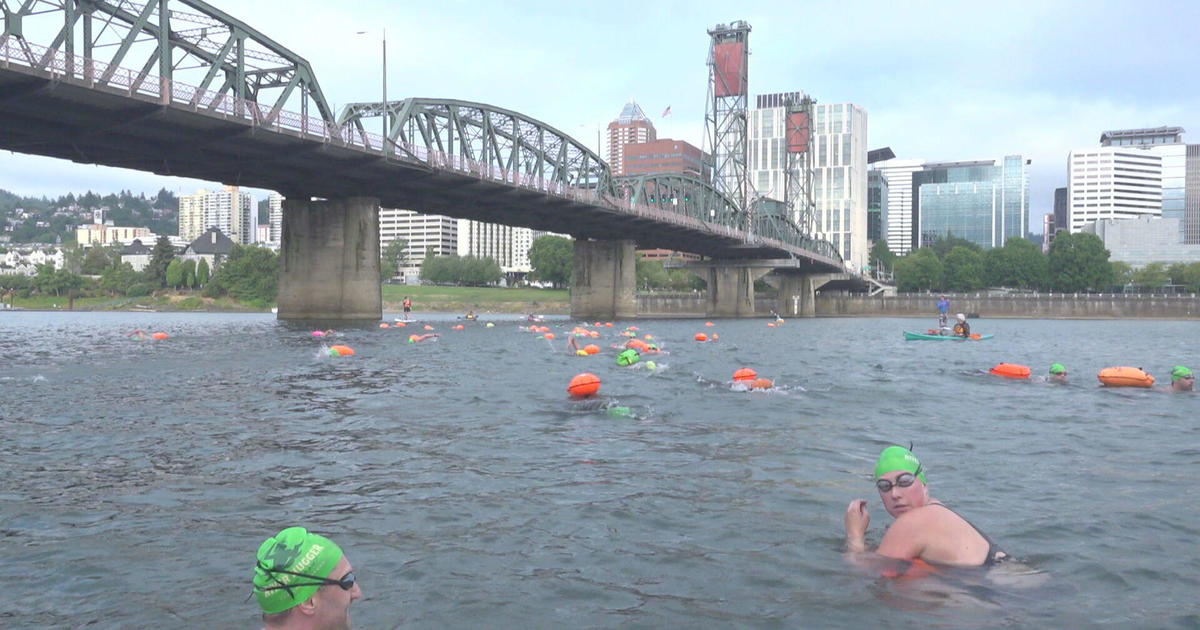The revitalization of urban rivers is transforming cities across the United States, offering new recreational opportunities and fostering a stronger sense of community. For decades, many urban rivers were viewed as polluted and unusable, relegated to the status of industrial conduits. However, a growing movement is proving that these waterways can be transformed into vibrant, accessible public spaces, enriching the lives of city dwellers and improving the overall environment. The success stories of cities like Portland, Oregon, are providing blueprints for other cities striving to reclaim their rivers as community assets, demonstrating the potential for environmental cleanup and community engagement to work hand in hand. The journey from polluted waterway to thriving recreational space is not easy and involves a significant investment of time, resources, and community effort. But the rewards are immeasurable, offering a testament to the resilience of nature and the power of collective action.
Cleaning Up the Waterways: The Foundation of River Revitalization
The first crucial step in any river revitalization project is addressing the underlying environmental issues that render the water unsafe. In Portland, Oregon, a massive, $1.4 billion investment in infrastructure—specifically a new sewage system—was instrumental in cleaning up the Willamette River. This monumental undertaking prevented raw sewage from polluting the river, significantly improving its water quality and paving the way for recreational use.
Addressing Pollution Sources
The success of this venture in Portland highlights the importance of addressing the source of pollution. This often involves a multifaceted approach, including upgrading sewage treatment plants, implementing stricter industrial discharge regulations, and controlling stormwater runoff. Without addressing these underlying issues, attempts to make rivers swimmable or otherwise usable for recreation will be ineffective at best, and downright harmful at worst.
The Role of Government and Private Initiatives
The implementation of projects like the Willamette’s sewage system is not only enormously costly but also necessitates close collaboration between government agencies and private entities. Governmental agencies provide essential funding, regulatory oversight, and long-term planning for projects like these, while private entities often contribute specialized expertise, advanced technology and logistical support.
Fostering a Cultural Shift: Engaging the Community
Even with clean water, changing people’s perceptions and behavior requires concerted efforts. In Portland, the “Big Float,” an annual inner tube parade down the Willamette River, served as a powerful catalyst for a cultural shift. This event transformed the river into a vibrant public space, fostering a new appreciation for the waterway and encouraging increased community engagement.
The Power of Public Events
Events like The Big Float demonstrated the positive impact of planned recreational events designed to showcase the river in a fun, inviting context. Such public engagement not only raises public awareness about the revitalized river but also fosters a sense of collective ownership and responsibility for its upkeep.
Education and Outreach Programs
Parallel to larger events like The Big Float, complementary educational programs can effectively enhance community engagement. These might include educational tours, workshops, volunteer cleanups, and initiatives that empower local residents to understand the value of maintaining a healthy ecosystem. When people are connected to the health of their river, their sense of personal ownership naturally elevates the efforts of keeping the ecosystem viable.
Replicating Success: The Chicago River Project and Beyond
The successes seen in Portland and other revitalized urban rivers have inspired other cities to undertake similar transformative projects. Chicago is now in the process of bringing their portion of the Chicago River back to the people, mirroring Portland’s success by creating a program to bring swimming back to their waterways, showing the scalability and replicability of these efforts.
Challenges and Opportunities
While the potential benefits of urban river revitalization are significant, challenges still remain. Obtaining permits, navigating bureaucratic processes, and securing necessary funding can all pose considerable hurdles. Overcoming these hurdles requires strong leadership, effective communication, and persistent advocacy from community groups and organizations dedicated to revitalizing waterways.
Future of Urban River Revitalization
The future of urban river revitalization will involve continued collaborations among government, non-profits, and the public, focused on ongoing monitoring, adaptive management, and strategic investment. The overall success of these projects depends on the community embracing and maintaining the gains made in cleaning up the water and ensuring that a community-centric environment is supported long after the official restoration phases conclude.
The Long-Term Vision: A Sustainable Approach to Urban Waterways
Urban river revitalization isn’t just a short-term project; it’s a long-term commitment that necessitates ongoing effort and community engagement. This dedication to environmental stewardship translates to a healthier environment for all of the community. Sustainable practices for maintaining water quality, fostering ecological health, and encouraging responsible recreational use are crucial for ensuring the lasting success of these projects. Cities seeking to reclaim their urban rivers must not only consider the initial revitalization phase, but must also build strong, sustainable plans to ensure that the health and beauty of their revitalized waterways remain integral components of their local community, far beyond any immediate celebration or short-term success.
Take Away Points:
- Cleaning up polluted urban rivers is a significant undertaking that requires substantial investment in infrastructure, careful planning, and comprehensive pollution control.
- A cultural shift, which instills a sense of appreciation and stewardship for urban rivers, is necessary alongside the environmental improvements to encourage people to embrace the revitalized waterways as community assets.
- Collaboration among government agencies, private organizations, and the public is crucial for the long-term success of urban river revitalization projects.
- The long-term maintenance and sustainable management of revitalized waterways require continued efforts to ensure their continued environmental health and responsible use.




